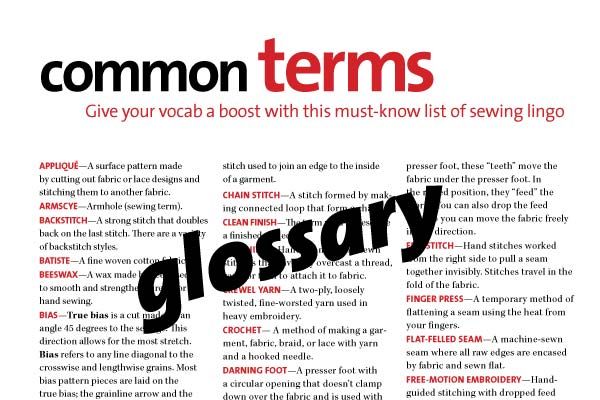
Glossary of cool sewing terms from the premiere issue of Sew Stylish.
To be a full-fledged sewing diva, you need to be able to “walk the walk” and “talk the talk” like the best of ’em. Here’s our debut “Sewing as a Second Language” course, which can also be found in Sew Stylish Volume 1. (The page numbers below refer to that Sew Stylish issue). Study up, and “feed dogs,” “armscye,” and “selvage” will all start to make perfect sense.
Armscye – Sewing term used to define the armhole.
Backstitch – Strong stitch that doubles back on the last stitch-perfect for securing seams and mending. There are a variety of backstitch styles; one version is the pickstitch. (See “The Best of Hand Stitches” in on p. 59, and “Two Ways to Sew a Zipper” on p. 56.)
Baste – Temporary long running stitches created by hand or machine to hold fabric in place before the final stitching. (See “The Best of Hand Stitches” on p. 59.)
Bias – True bias is a cut made on an angle 45° to the selvage. This direction allows for the most stretch. Bias refers to any line diagonal to the crosswise and lengthwise grains. Most bias pattern pieces are laid on the true bias; the grainline arrow and the pattern’s layout instructions will help you align your pattern pieces. (See “Knits and Wovens” on p. 36.)
Binding – Strip of fabric used to cover a seam edge or enclose raw edges.
Bodice – Upper-body portion of a garment that runs from shoulders to waist.
Casing – Folded and stitched “tunnel” that elastics or ties are threaded through.
Dart(s) – Folded and stitched wedges of fabric that shape a garment over curves. Dart point is marked by a dot. Dart legs are lines that come to a stop at the pattern edge. (See “Don’t Be Daunted by Darts” on p. 68.)
Drape – Way a fabric hangs in a garment.
Ease – Difference between body measurements and garment measurements. Also defined as the amount of space in a garment that allows comfortable movement.
Facing – Fabric layer sewn to or folded over to finish an edge. It conceals seam allowances, prevents the edge from stretching, and supports the fabric.
Feed dog(s) – Located beneath the presser foot, these “teeth” help move the fabric under the presser foot. In the raised position, they “feed” the fabric. You can also drop the feed dogs so you can move the fabric freely in any direction. (See “Tour of a Sewing Machine” on p. 23.)
Fusible – Fabric that has heat-sensitive adhesive on one side that enables it to
bind to another fabric.
Grain – The orientation of the yarns in woven fabric: lengthwise and crosswise. The lengthwise grain is parallel to the selvage; crosswise grain is perpendicular. (See “Knits and Wovens” on p. 36.)
Grainline – Long arrow symbol printed on a pattern that corresponds to the grain of the fabric. It is always placed along the lengthwise grain. (See “Knits and Wovens” on p. 36.)
Hem – Finished bottom edge of a garment.
Hemline is the lowest edge of the garment once the hem is sewn. Hem allowance is the distance between the cutting line and the hemline. This allowance is folded inside the garment before it is sewn. Also called “hem depth,” it varies with the garment style and sewing technique. (See “End on a Good Hem” on p. 54.)
Interfacing – Sew-in or fusible fabric used to stabilize the fashion fabrics. Can also add body, reinforce, or shape. (See “Bond with Fusible Interfacing” on p. 62.)
Lining – Fabric (usually silky) that covers the construction details on the inside of the garment. (See “The Scoop on Linings” on p. 42.)
Muslin – Unbleached cotton fabric. A term used by designers to describe a test garment that checks fit and style. (See “Test Drive Your Pattern” on p. 88.)
Presser foot – Holds fabric to the feed dogs on a sewing machine. (See “Tour of a Sewing Machine” on p. 23.)
Seam – Result of two pieces of fabric stitched together. Seamline is the line that you sew along, usually 5/8 inch in from the cutting line (outermost edge of the pattern piece that you cut along).
Seam allowance is the distance between the cutting line and the seamline. This allowance is usually hidden inside the garment once it is sewn. In home sewing, the measurement is conventionally 5/8 inch, but may be as small as 1/4 inch or as wide as 1 inch. Seam finish is any technique that finishes the raw edges of a seam. (See “Seam it Like a Pro” on p. 52.)
Selvage – Tightly woven factory edge of fabric that runs parallel to the lengthwise grain. (See “Knits and Wovens” on p. 36.)
Serger – Sewing machine that can seam, trim, and overcast raw edges in one step. Also called an “overlock machine.”
Stitch-in-the-ditch – Stitching inside the “valley” or “groove” of a seam.
Stitch length – Length of a stitch determined by the movement of the feed dogs.
Topstitch – Decorative row of stitches sewn on the right side of a garment.
Yardage – Term used to describe any cut length of fabric. In the U.S., fabric
is measured and cut in yards (36-inch intervals).
Zigzag stitch – Commonly used Z-shaped machine stitch sometimes used
to finish raw edges or sew a stretch seam.
Click the PDF below to download the dictionary, and print out as many copies as you like!
PDF: Common Terms Dictionary
-Adobe Acrobat required-


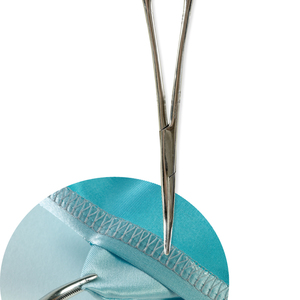

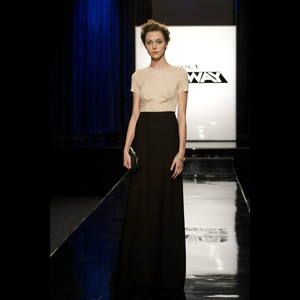
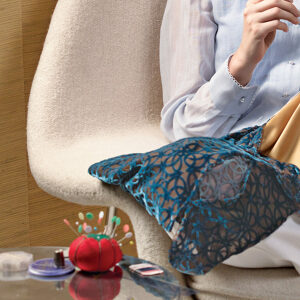
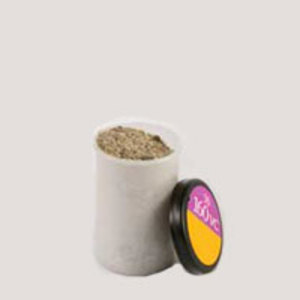


























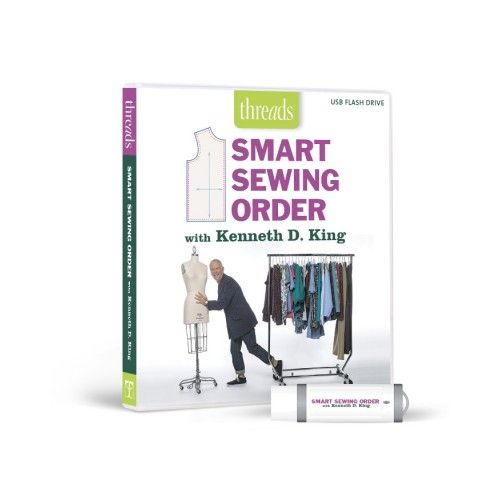
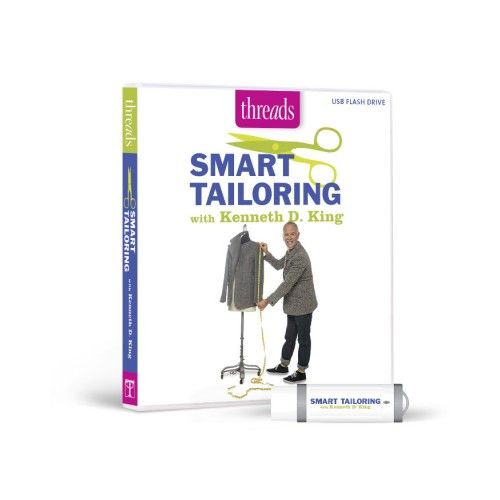
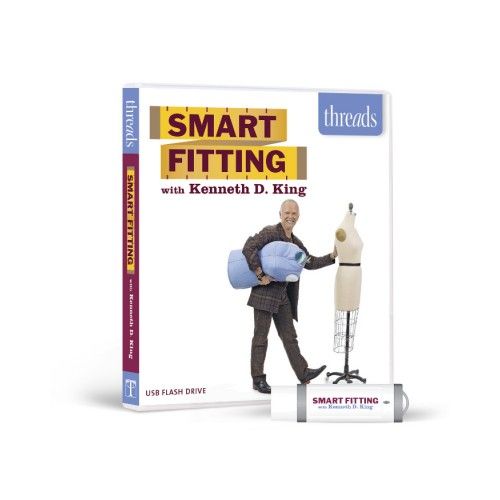




Log in or create an account to post a comment.
Sign up Log in